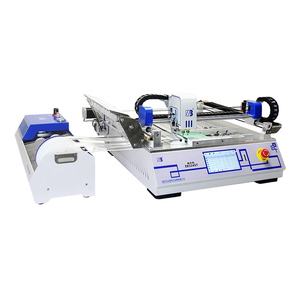
Desktop Smt Machine Mini High Speed LED Pick And Place Machine /SMT Desktop Pick And Place Machine Production Line Automatic Pcb Assembly Machine

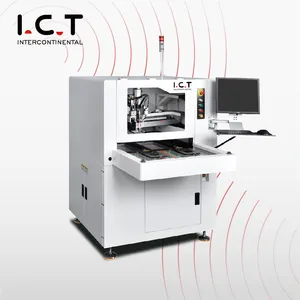
Competitive Price PCB Cutter PCB Router Separator Machine PCB Cutting Machine


ADV 508 Series Metalworking Sheet Metal Plate Deburring Polishing Machine For Time-saving


CNC Metal Engraving Big Area/Large Format Fiber Laser Marking Etching Machine For Elevator Stainless Steel Plate Sheet


Machine Smt Factory Direct Supply KAYO-A8L High Speed Cost-effective Led Chip SMT Pick And Place Machine For PCB Line


Perfect Lase Factory Price 20w 30w 50w 70w 100w Metal steel Plastic Pcb Logo Fiber laser etching Marking marker Machine price

LED making machines pcb etching machine pick n place smt feeder chmt36va desktop smt feeder
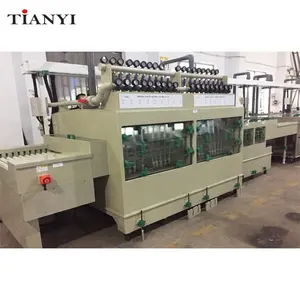
Chemical PCB etching machine for printed circuit board production

PCB Etching Machine / Circuit Board Making Machine
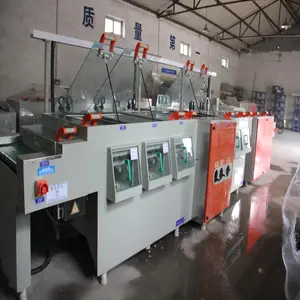
PCB spray Etching rinsing Machine,Aluminum PCB,FR4,PCB manufacturing line

PCB making machine/DES developing etching stripping machine

PCB Etching Machine - Fast Single/Double Sided - Educational Equipment

PM141 Spray Etching Machine /PCB Chemical etching machine

quick install spray nozzle PP PVDF UPE PVC 652.514 for PCB etching machine

PCB PEDB-C10 Co2 Laser Etching Machine On Non-metal Plastic Material

LED Making Machines PCB Etching Machine Pick And Place NXTIII SMT Domestic Feeder Desktop For SMT Machine

Factory 1325 fiber uv pcb laser etching machine
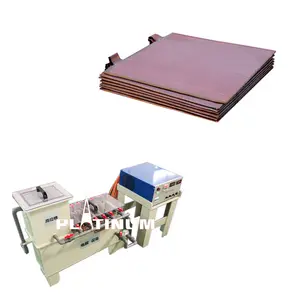
PCB etching solution copper silver recycling electrolysis machine
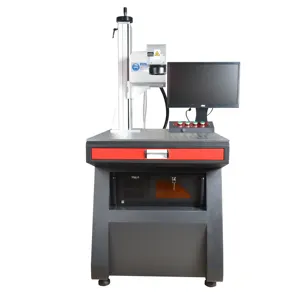
5W UV laser marking machine suitable for PCB etching machine glass marking

20w 30w 50w Raycus laser pcb etching machine,Hoverboard Rotary Metal Fiber Laser Marking Machine table top For Iphone Cover

New Technology !!! high efficiency laser pcb etching machine

stainless steel pcb laser etching machine 100 watts laser etched machine

laser stretch mark removal machine stainless steel pcb laser etching machine for fabric

Pcb Drilling Etching Prototype Machine Recycling Manufacturing Printing Pcb Making Machines For Ifb Washing Machine Pcb Board

UV laser 3W 5W 355nm solar cell laser marking machine pcb laser printing etching machine for pcb

UV Lazer 3W 5W 355NM Plastic Glass Laser Marking Machine Desktop Laser Printing Etching Machine For pcb

Achieve High Precision with Our Photochemical and Chemical Etching Machine for PCB and Stainless Steel

High Speed Metal Laser Etching Machine Gold/Silver/Logo/PCB/Keyboard Fiber Laser Marking

JKA143 Automatic PCB Etching Machine 10w uv laser marking machine for PCB FPC IC optical module keyboard

UV Laser Etching Machinery for Metal and Plastic Glass Jewelry PCB Board Wafer Micro-hole Blind Hole Processing

PCB etching machine for pcb board process

Factory selling 20W 30W 50w mini Fiber Laser Marking Machine pcb laser etching machine

5W UV laser marking machine suitable for PCB etching machine glass marking

4 Heads Etching PCB Machine H4 High Speed LED Manufacturing Equipment Pick and Place Machine

100 Watt Mirror Glass Pattern Carving Pcb Fiber Laser Etched Marking Machine For Sale

1325 glass etching pcb laser engraving marking 1300*2500mm cnc laser etched machine

20w 30w 50w 70w 100w Perfect Lase Factory Price Metal Plastic Pcb Bulb Tire Logo Fiber laser etching Marking Machine

5W UV laser marking machine suitable for PCB etching machine glass marking


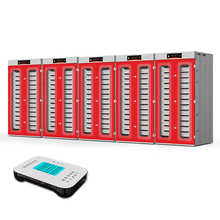
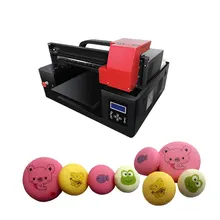
































 浙公网安备 33010002000092号
浙公网安备 33010002000092号 浙B2-20120091-4
浙B2-20120091-4